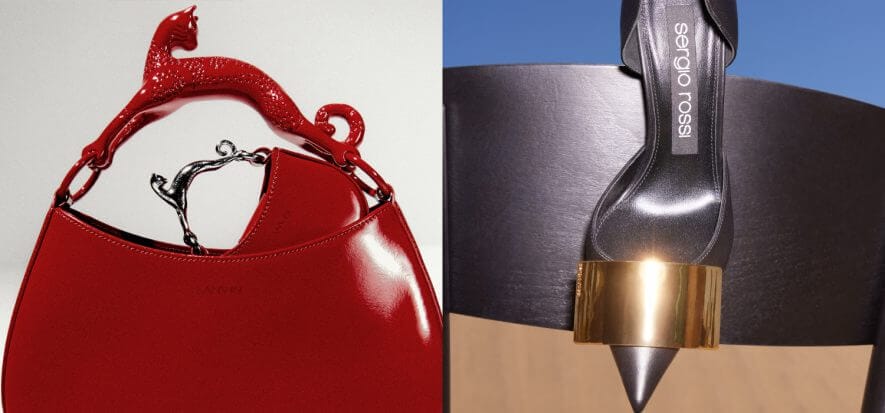We are almost there: on December 15, Lanvin Group will be listed on Wall Street. The transaction, which is being carried out through the SPAC managed by Primavera Capital Acquisition Corporation, should raise the resources from the market to drive growth in the markets (especially China and the United States) and evaluate potential acquisitions.
But the holding company, which brings together the homonymous brand with Sergio Rossi, Wolford and others, gets to the appointment burdened with all the doubts about the financial solidity of the parent company Fosun. Is the move needed to catch the luxury boom or just to rake in cash?
Lanvin Group lists itself
Let’s start with a logical premise. It has been a while since we have seen IPOs of fashion companies on Wall Street. The latest, almost an exception, was that of Zegna. Lanvin Group arrived at the event already in a weak position. While the ambition was to present itself with a valuation of 1.5 billion euros, it had to lower its expectation to 1 billion euros after the publication of its financial results in October. Now, it remains to be seen, BoF notes, what investors think of this: because those who play the stock market expect certainty (or at least solid reassurances) of profit prospects. It is not clear whether Lanvin Group has them.
Financial Times gets to the point
Financial Times gets even more to the point. The Lanvin Group’s plan speaks of a return to profitability in the second half of 2024 and sales of 989 million euros by 2025, especially through +400% in China (now worth a 14% share). Good. But the current numbers cast doubt on the feasibility of the plan. Lanvin, in the first half of 2022, marked +32% year-on-year, while the 2021 budget reported +108%. The flagship brand’s 73 million euros turnover, however, is not only a far cry from the values expected for 2025, but is worth a third of the 2011 turnover.
For a Chinese-owned French brand, the paradox is precisely its weakness in the People’s Republic: “Lanvin remains a quality product, but without history,” Eric Young, owner of the boutique Le Monde de SHC in Shanghai, explains to FT. “Consumers who want to buy a luxury product certainly do not think of Lanvin”. That +400% seems more a dream than a possibility.
The burden of Fosun
The biggest problems, the FT notes, lie with Fosun, the company that controls the Lanvin Group. Although it “only” acknowledges 14.4 billion dollars in debt, according to Moody’s it has about 36 billion dollars. Certainly Fosun, a protagonist in the 1910s of a rapacious season of international acquisitions (a bit like other Chinese conglomerates, see Shandong Ruyi) is coming from a period of divestments.
The FT calculates that it has divested assets worth 100 million dollars in 2021 and 5 billion dollars in 2022. At the end of the IPO, the current shareholders will retain control of 55% of Lanvin Group, with a commitment not to revise shares for at least 12 months. Who knows what will happen after that.
Read also:











